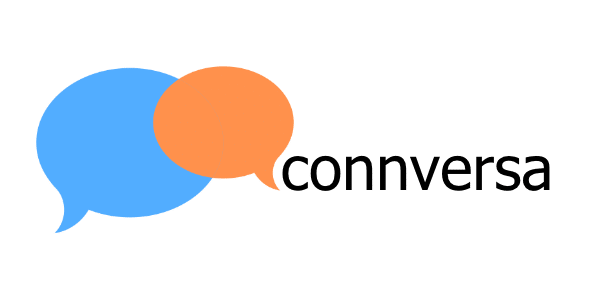Podcasts are a mainly auditory medium, but there’s one important visual element: cover art.
A podcast cover is one of the easiest ways to put your brand out into the world and attract listeners. In fact, all podcast directories require their podcasts to have some sort of cover image. While it may sound simple to just create a cover, you should actually put a lot of thought into what you want your design to look like. A sloppy design will push potential listeners away, so think carefully about how you craft your cover.
Branding
Before designing your cover, think about what your podcast is really about. What’s the focus? Who is your audience? Looking at the cover could be a listener’s first interaction with your show, so how do you draw them in? What information should your cover tell your listeners? Make a list of adjectives or action words you want your podcast to embody. Translate those words into potential images you could use for your final design (ex: creativity to artist’s palette, new ideas to lightbulbs, etc.). The cover of your podcast is like a logo and should be a visual representation of your show.
Technicalities
Many podcast directories require your image to be at least a square 1400×1400 pixels. The more pixels, the higher quality the image, but be careful not to go over the threshold of 3000×3000 pixels. An easy way to ensure quality is to start by making your cover very big, then shrink it down to size. If you were to start small and make it bigger, your image could become pixelated and blurry. Once smaller, consider your cover in various sizes. Does it work as a thumbnail? As a logo on a website? An image on potential merchandise? Ensure that your cover fits all these criteria so as to avoid edits later on.
Creativity is King
Everyone knows the phrase “don’t judge a book by it’s cover”, and yet we all do anyway. It’s natural for humans to judge based on first impressions, so you want to make sure your first impression stands out. Use vibrant and contrasting colors. Do some research on color theory and what emotions different colors evoke. Put those colors in context, as many often mean multiple things (ex: red as anger or love). By creating appropriate context, your brand is centered around a certain emotion. This helps your listeners get in that mindset before pressing play.
Your title should be the only text and it should be in an easy-to-read font. Serif fonts are popular for their readability, but make sure the font still fits the theme. Don’t forget about white space — a cluttered cover is overwhelming to the viewer. Take advantage of empty space and use it to draw the viewer’s eye towards the focus, whether that’s an image or the title. Similarly, use simple illustrations or patterns to minimize eye strain and clutter. Keep things simple and clear while designing, in order to make your cover easy to understand and more memorable.

For example, Spirits Podcast does a great job using their cover to show what their podcast is about. The black background helps the green stand out, and the text is easy to read. By only using one object (the wine glass), the audience’s eyes are automatically drawn towards it and the text. Anything in the background would have only taken away from the focus. The use of a wine glass with a skull inside implies something sinister. Even the title brings intrigue–does spirits refer to alcohol or ghosts?

Another great example is Ask the Mentor with Dustin Moura. This cover is more complicated than Spirits, but still fantastically stands out. The colors are contrasting, which draws our eyes towards the orange circle containing the title. The paper airplanes, notebook paper, and other scribbles denote ideas flying around. This pays homage to the premise of the show, where Dustin interviews different experts relating to current events, trends, and more.
Design Software
You can purchase design software, like Adobe Illustrator, but there are also tons of free options to help design a professional-looking cover. Canva and Snappa are two free sites (with paid options) that help non-professional designers create designs with ease. Neither require prior design experience, and both offer templates to give you a starting point. And if you’re too busy or too unsure of your own design skills? Websites like Fiverr connect you with freelancers in any area of expertise that would love to help design your cover for a small price. It’s your choice as to which option is best for your business.
Designing the cover yourself is cheaper, since both websites allow you to create an account for free. It can also be fun to tackle the design challenge yourself if you have some design skills. But, you run the risk of your design looking amateurish. Take a look at similar podcasts and see what their cover art looks like. Does your design look to be of a similar caliber? If not, think about hiring a pro. Some can be expensive, but freelance websites help connect you with design pros who would be happy to help. If you have the resources, take advantage of your marketing or design team. They could help you design a cover that would be perfect for your show.
Whether hand designed or professionally made, cover art is necessary to grow your audience. Good designs provide enough intrigue to draw in new listeners and to keep old ones coming back for more. Your podcast is only as good as your cover art–you could have amazing content, but no one will click on an episode if the design isn’t visually appealing. Work hard to ensure your cover is as amazing as your content!
